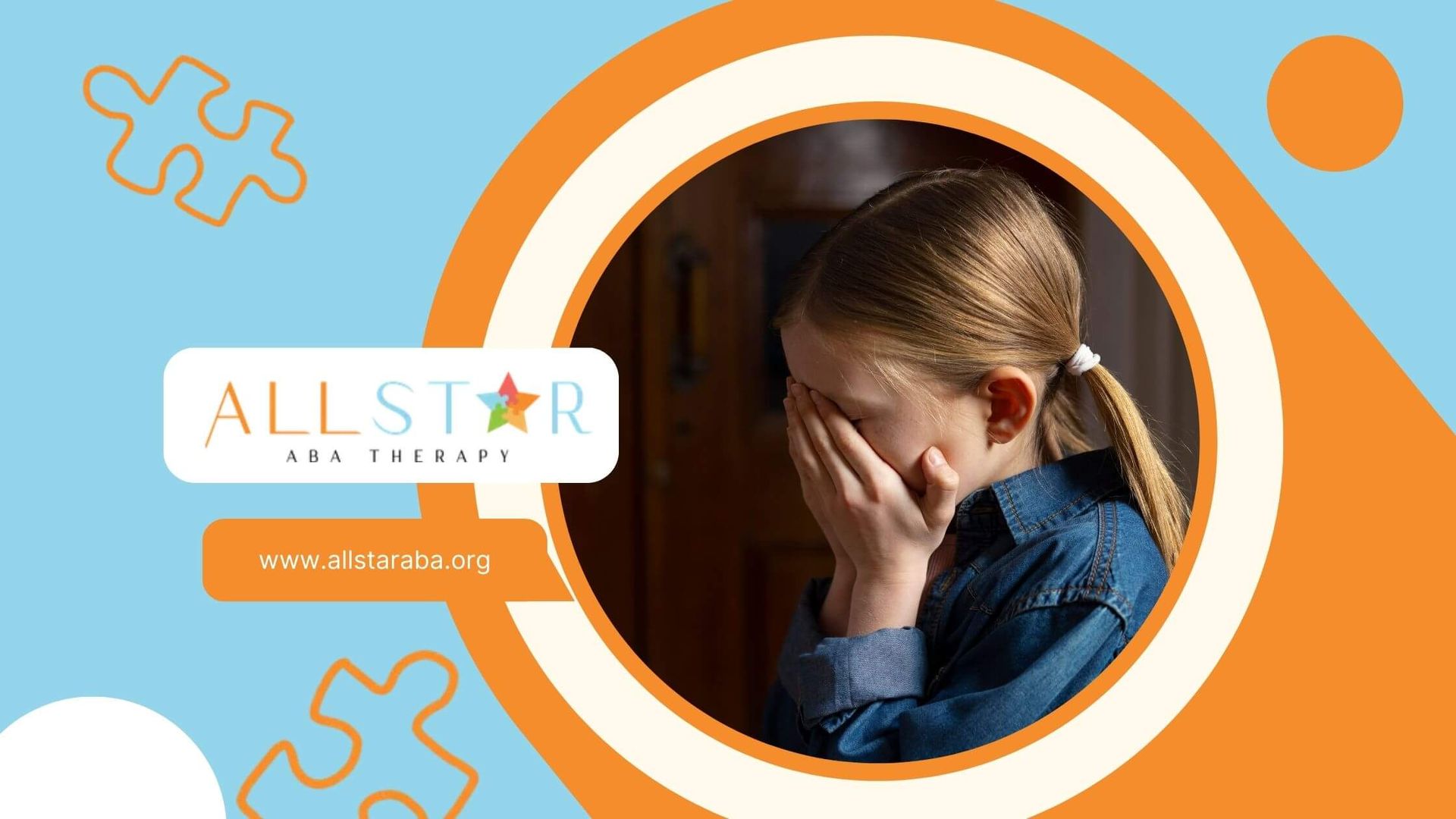New Paragraph
When Was Autism Discovered? Exploring the History of Autism
Autism Spectrum Disorder (ASD) is now recognized worldwide as a complex neurological condition affecting millions of people. But when was autism first discovered? Understanding the history of autism provides valuable insights into how perceptions and treatments have evolved over time.
This article will explore the discovery of autism, key milestones in its history, and how this knowledge impacts modern-day approaches to therapy and support.
The Early Beginnings: Before Autism Had a Name
Before autism was formally recognized as a distinct condition, behaviors associated with it were often misunderstood and misdiagnosed. Historical records show that symptoms resembling autism were noted long before the term "autism" existed.
However, these symptoms were often attributed to other conditions, such as schizophrenia or mental retardation, or were simply seen as eccentric behaviors.
The Discovery of Autism: Leo Kanner and Hans Asperger
The formal discovery of autism as a distinct condition is credited to two pioneering researchers: Dr. Leo Kanner and Dr. Hans Asperger, both working independently in the early 20th century.
1. Leo Kanner’s Groundbreaking Work (1943)
In 1943, Leo Kanner, a psychiatrist at Johns Hopkins University, published a landmark paper titled "Autistic Disturbances of Affective Contact." In this study, Kanner described 11 children who exhibited behaviors that were markedly different from the norm, including difficulties in social interactions, a preference for routines, and challenges with communication.
Kanner used the term "early infantile autism" to describe this unique set of behaviors, distinguishing it from other developmental disorders.
Kanner's work is considered the first formal recognition of autism as a distinct condition. His observations laid the foundation for understanding autism as a spectrum of neurodevelopmental disorders.
2. Hans Asperger’s Parallel Discoveries (1944)
Around the same time, Austrian pediatrician Hans Asperger published a paper in 1944 describing a group of children who also exhibited social difficulties, intense focus on specific interests, and advanced language skills compared to Kanner’s patients. Asperger referred to these children as having "autistic psychopathy," which later became known as Asperger's Syndrome.
Asperger’s work was not widely recognized until decades later, largely due to the geopolitical context of World War II and the isolation of his research in German-speaking Europe. It wasn’t until the 1980s that Asperger’s Syndrome gained recognition in the English-speaking world, contributing to the broader understanding of the autism spectrum.
The Evolution of Autism Understanding: From Discovery to Spectrum
The understanding of autism has evolved significantly since Kanner and Asperger's initial discoveries. Here are some key milestones in the history of autism:
1. The 1960s-1970s: Shifting Perspectives
During the 1960s and 1970s, autism was still poorly understood, and many professionals mistakenly believed that it was caused by cold or unloving parenting—a theory known as the "refrigerator mother" hypothesis. This notion was later debunked, as research began to focus more on biological and genetic factors as potential causes of autism.
2. The 1980s: Autism as a Spectrum Disorder
The 1980s marked a significant shift in the understanding of autism. Researchers began to recognize that autism exists on a spectrum, with a wide range of symptoms and severity levels. This led to the inclusion of autism as a spectrum disorder in the Diagnostic and Statistical Manual of Mental Disorders (DSM) in 1980.
The concept of the autism spectrum helped professionals understand that individuals with autism can have diverse abilities and challenges, ranging from severe impairments to high-functioning autism, including what was then known as Asperger's Syndrome.
3. The 1990s-Present: Advancements in Research and Therapy
The 1990s and beyond have seen tremendous advancements in autism research, leading to a deeper understanding of the genetic, neurological, and environmental factors that contribute to the condition. Early intervention strategies, including Applied Behavior Analysis (ABA), have become the gold standard for supporting individuals with autism.
Today, autism awareness has increased globally, with a focus on acceptance, support, and tailored therapies that address the unique needs of each individual on the spectrum.
The Impact of Historical Discoveries on Modern Autism Therapy
The discoveries made by Kanner, Asperger, and other researchers have had a profound impact on how autism is understood and treated today. Early identification and intervention are now recognized as crucial for helping children with autism reach their full potential. Therapies like ABA are designed to build on the principles established by these early pioneers, offering structured, evidence-based approaches to skill development and behavioral support.
Understanding the history of autism also emphasizes the importance of ongoing research and the need for continued advancements in therapy and support. As our knowledge of autism grows, so too does our ability to provide effective, individualized care that improves the quality of life for those with autism and their families.
Conclusion
The discovery of autism has come a long way since the early 20th century, evolving from a misunderstood condition to a well-recognized spectrum of neurodevelopmental disorders. The work of early pioneers like Leo Kanner and Hans Asperger laid the foundation for modern autism therapy, shaping the way we understand and support individuals with autism today.
At All Star ABA, we are dedicated to providing evidence-based ABA therapy that helps children with autism thrive. Our team of experienced professionals is here to support your family every step of the way. If you have any questions about autism or are interested in learning more about our services, reach out to us. We are committed to helping your child reach their full potential through compassionate, individualized care.
FAQs
When was autism first discovered?
Autism was first formally recognized as a distinct condition in 1943 by Dr. Leo Kanner. Around the same time, Dr. Hans Asperger also described a similar condition that later became known as Asperger's Syndrome.
What is the history of autism?
The history of autism dates back to the early 20th century, with key contributions from Dr. Leo Kanner and Dr. Hans Asperger. Over time, the understanding of autism has evolved, leading to the recognition of autism as a spectrum disorder.
Why is the history of autism important?
The history of autism is important because it highlights the progress made in understanding and treating the condition. It also underscores the importance of early intervention and the need for continued research and support.
Need Support?
We're Here to Help!
Our experienced team is ready to assist you. Reach out today to discuss how we can support your child's development and well-being.
Get started with expert ABA therapy today.








